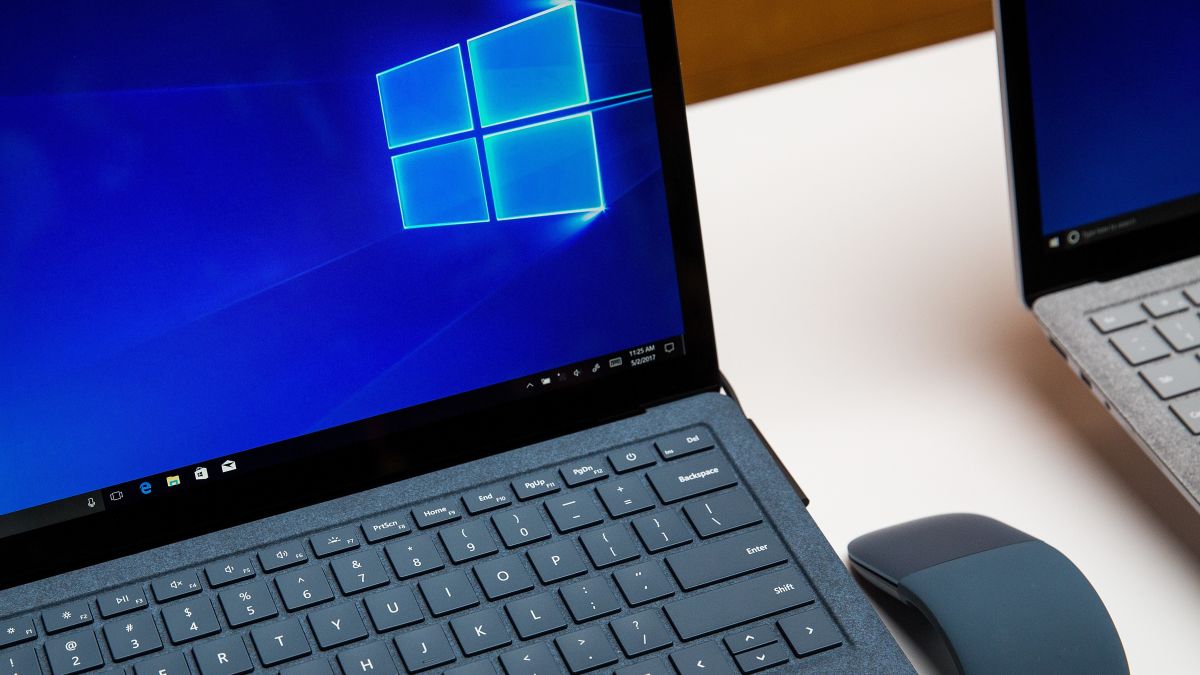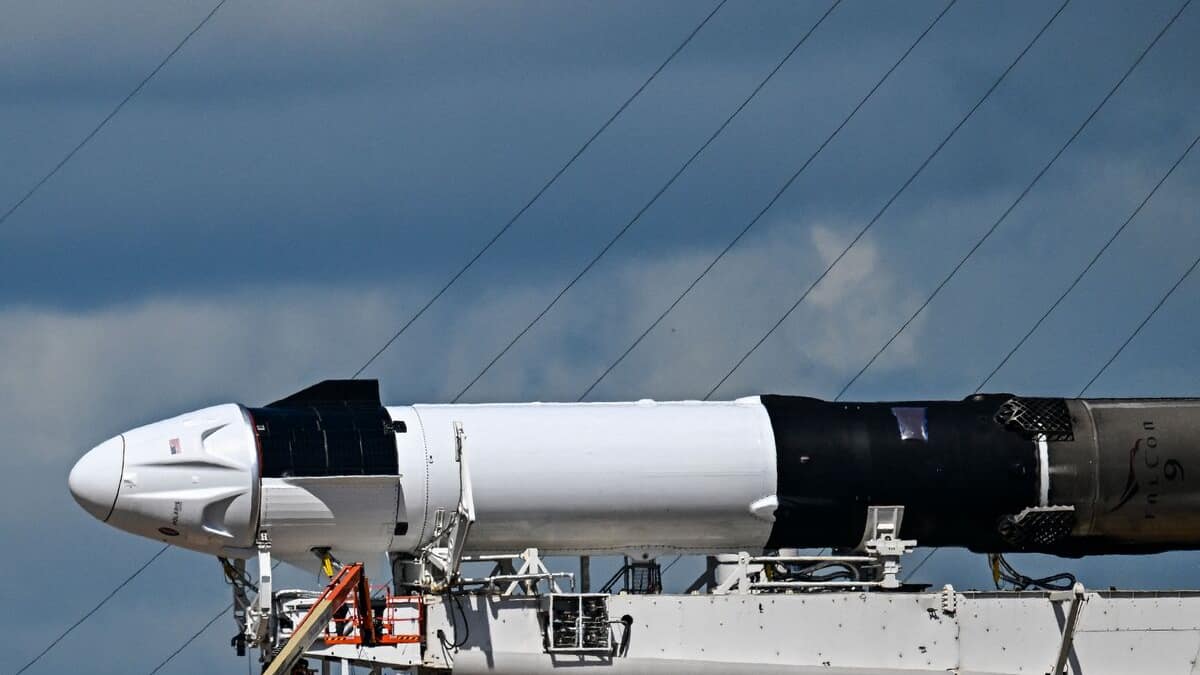

Do not do it. Most people will not experiment with navigating to root Windows 10 folders, but just in case someone digs into the bowels of their PC’s software, it is best to steer clear of entering this file path in your browser: “\. Globalroot device CONDREF kernelconnect ”. Not only will this crash your computer instantly, but it also gives you the dreaded Blue Screen of Death (BSOD), from which your computer may not be able to recover. Don’t do it!
to me Tom’s Guide, The error was recently discovered by Windows Security Researcher Jonas Lickegaard Who has tweeted about the problem intermittently since October 2020. Lykkegaard explained that when the above path is opened in Windows 10, regardless of whether the user has administrative privileges or not, the system cannot properly check the errors when it tries to connect to the path, Leading to BSOD crashes.
Aside from the developers, there is not much reason why a regular Windows 10 user would want to search root folders, especially at the kernel level; The Windows kernel is an important program that allows the operating system to run, controlling day-to-day operations such as running drivers, starting and ending programs. It is what connects the user to the device. But it is still important to be aware of this error.
Although Gizmodo did not test the link ourselves (out of extreme caution that it might kill one of our few experimental computers), both Tom’s Guide and Computer He sacrificed a computer for the cause. The PC that Tom’s Guide used became stuck in the automatic repair boot loop. BleepingComputer did not say whether its computer successfully exited it alive or not Has been confirmed This error is found in Windows 10 version 1709 and higher.
The error could also give hackers a way to implement Denial of Service (DoS) attacks, which can lock down a computer or network, making them completely inaccessible to users. But in this case, the hacker might not need to overwhelm the system with repeated requests, as it usually does in a DoS attack – entering the file path above might be all it takes.
G / O Media may receive a commission
Lykkegaard explained that a hacker can easily trick someone into downloading or clicking on the Windows URL (.url) file that will automatically take them to the problematic path and thus their computer crash.
“Microsoft is committed to our customers to investigate reported security issues and we will provide updates to affected devices as quickly as possible,” a Microsoft spokesperson told BleepingComputer. So Microsoft appears to be aware of the problem and is working on it, but does not have a timeline for when to roll out the patch to Windows 10 users version 1709 or higher. Meanwhile, don’t try to navigate to the file path, and definitely be vigilant about suspicious links and files that might appear in your inbox or anywhere else on the Internet.






